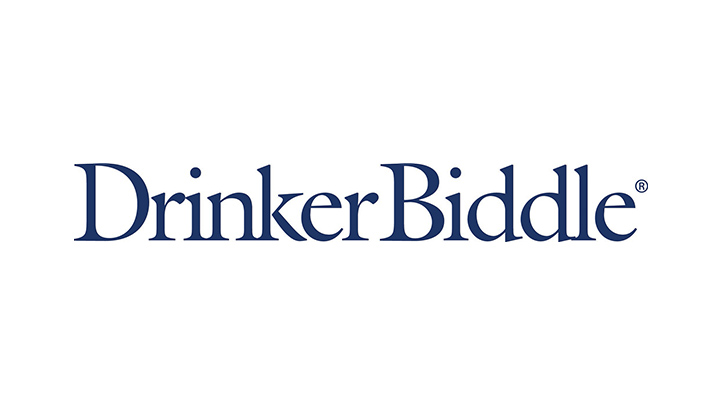The iManage platform is designed to enhance the productivity and collaboration of knowledge workers. However, when users are unable to easily understand how the platform's capabilities align with their immediate needs and organizational requirements, it often results in low adoption rates.
To address this, the implementation team must take on the responsibility of analyzing and synthesizing the needs of users, various functions and workgroups, and the organization. By connecting the dots for them, the team ensures that users can fully grasp the value and benefits of the platform. This process requires a modest investment of time and resources but yields significant savings in training efforts and ultimately leads to higher adoption rates over time.
What typically happens in low adoption scenarios?
Most technology implementation projects follow an oft-used legacy approach that includes business and tech infrastructure analysis, application and infrastructure design, testing, training, go-live, and short-term user support. While this approach is tried-and-true for getting organizations live, it often falls short in getting them successful.
Too often, technology is deployed, and business users say things such as “It doesn’t seem like they know what we actually do”, “No one consulted us about this”, or “This seems like it was designed by IT people”. These kinds of comments indicate a need for closer engagement between implementers and end-users.
The problem lies in the erroneous assumption that customer success only requires that workers get a properly configured platform and receive training on the entire feature set. Implementers often ignore the fact that most users might only use a fraction of the platform’s capabilities. They then fail to identify – for each user persona—precisely which features make up that fraction. This results in users being left to map the entire feature set to their needs, and to work out for themselves which features are useful and which are not. Most users simply won't do that. As a result, many users regress to throwback technology they understand and trust, along with its accompanying inefficiencies and risks. Implementers correctly identify this regression for what it is –low adoption – and create even more training programs as the remedy, only to achieve lackluster adoption yet again.
Why Change Management alone may not be enough?
We encounter many implementation teams who, in response to this phenomenon, leverage change management methodology. Change management is a century-old psychological discipline that targets workforce attitudes, skills, and behaviors to help an organization change to achieve its desired outcomes. While change management approaches vary, most include some aspects of leadership engagement, communications, and support/reinforcement to sustain the change.
Used properly, change management can be highly effective in driving adoption and achieving success. However, change management falls short when it has little to no underlying analysis. For example, a tenet of change management is communication, that is, communicating what will change, why the change is important, what’s expected of the workforce, how individual workflows will be impacted, and so on. While communicating change is undoubtedly required for implementations, it becomes ineffective when there's no analysis and rigor to make the communications meaningful.
For example, it’s one thing to say that workflows will change and improve because of the iManage implementation,. It’s a more effective thing to say that this implementation will take the stress out of a lawyer collaborating on a document with another lawyer in a different country. The latter requires an intimate understanding of the current workflow limitations for a contracts lawyer, a persona with specialized workflows and needs. Developing this understanding requires both business analysis and mapping a specific persona’s needs to the technology. Doing so helps you tailor change management activities and training for this persona so that enablement is more specific and effective.
Business transformation helps target individual change and makes training more efficient
We see the same phenomena at customer sites with low adoption. Change and training approaches are often implemented to some degree, but often the efforts are neither coordinated with nor targeted to the business users. Adopting a simple business transformation approach can help in these cases. Business transformation coordinates change, training, and the missing ingredient, business analysis (BA).
BA surfaces several critical business aspects of an implementation and has numerous benefits. It identifies the measurable goals of the organization, practice group, and workgroup. It identifies the needs of specific user personas. It analyzes the critical workflows for each department and the major user personas. It also surfaces any pain points with existing workflows and technology and makes people feel heard. Engage with users properly, and you turn an IT-driven project into a business-driven project.
For example, whereas a junior transactional lawyer might spend their days collecting comments from counterparties and preparing redlines, a litigation lawyer will be tirelessly drafting a long witness statement and frantically checking cross-references to court exhibits. Communicating the value of technology in sufficient detail to end-users, tailored to the appropriate persona, not only makes users feel like they are heard and understood, but also means the work of mapping the technology to their day-to-day work is done for them.
When all these aspects of an implementation are analyzed, they can be effectively addressed and communicated as part of change management. After the desired change is identified and communicated, you can deliver efficient and targeted training in the training phase. The following graphic illustrates how the BA phase feeds the change phase which in turn feeds the training phase in the business transformation framework.


Business Transformation Framework
The effort vs. the payoff
At iManage, the BA phases are led by former lawyers and domain experts who are also iManage subject matter experts. Their primary role is to facilitate a series of short meetings throughout the organization to identify the factors listed in the graphic above. They provide an analysis that we leverage to build and execute the change and training phases.
Savings are achieved when all phases of the framework are executed. User training can be reduced by as much as 50% and can become more focused and relevant. For example, using the legacy approach, it may have taken an hour to train a group of transactional lawyers on iManage Work, Share, and Drive. Experience tells us that most of the group will be disengaged after the first 15 minutes of training because it doesn't target lawyers’ specific work. Using the business transformation approach, we can leverage the analysis to identify the top 5 workflows these lawyers execute to perform their jobs well. We'll deliver training that primarily focuses on those workflows, then provide access to on-demand tutorials to learn additional subject matter as needed.
A side-benefit of BA tasks is that you develop a catalog of business users within your organization who are champions and pioneers when it comes to new technologies. These influencers can be leveraged for a network effect and to help develop best practices for using technology on an ongoing basis.
The upshot
The business transformation framework uses straightforward business analysis as a foundation to increase the effectiveness of change management and training campaigns. It focuses effort on workflows that are impactful to the users and drives business results for the organization.
For more information on how to adopt this framework for future implementations at your organization, reach out to your Customer Success Manager or Account Executive.




